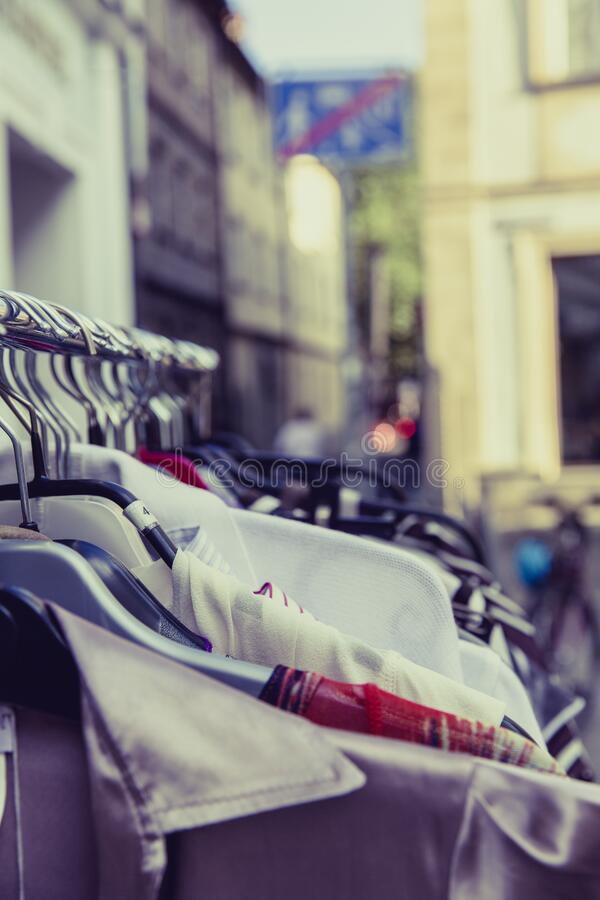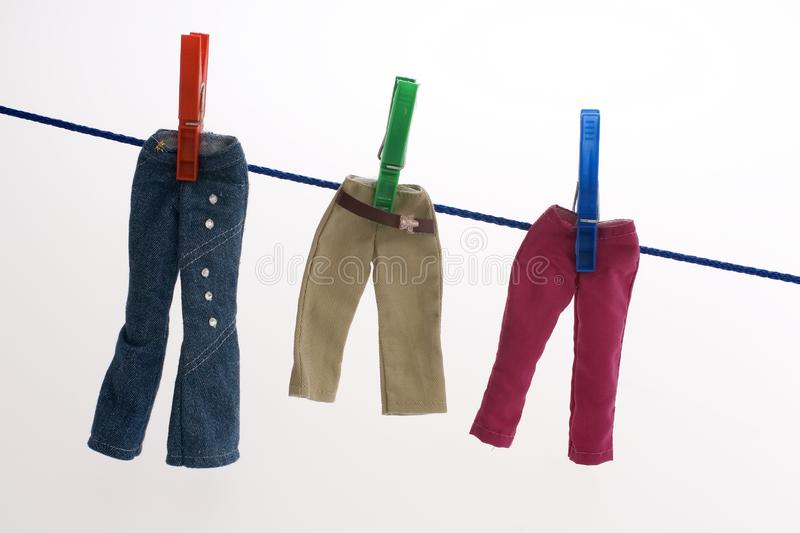 A fashion item, be it a creation of a famous designer or a lesser-known product, has a certain life cycle, which is divided into several stages.
A fashion item, be it a creation of a famous designer or a lesser-known product, has a certain life cycle, which is divided into several stages.
So whether it’s a fancy new trend or just a product that’s already on the market, it’s helpful to know where our favorite pieces of clothing are in order to know if and when to buy them.
Introduction of a new fashion item
New fashion items emerge from a designer’s idea. Designers read the times from a creative point of view. The manufacturer then offers this new style to the public. When referring to, for example, the ‘latest fashions’ from France; we are not referring to the acceptance of the styles, only that there is a new style that has emerged. In most cases, new styles are introduced at expensive prices.
So this is the first stage is the preparation, and launch of the product on the market.
Here is a short tutorial
What Is Product Life Cycle in Fashion? – YouTube
Increases in Popularity
A rise in popularity of a particular fashion will occur as the new fashion is bought and worn more and
more often, resulting in more people seeing it. With regards to expensive garments, it is known that
their sales will be small but they could be the most popular of the new high-priced fashion garments.
Often, if the style gains popularity, it can be adapted and modified. There will be manufacturers who
may buy rights to produce duplicates of the style which they can then sell at less than the original price
tag. It may also happen at this stage that other manufacturers try to steal the design.
The peak of Popularity of a fashion item
Styles that enjoy great appeal are usually produced in different variations. With high popularity, a
garment style is in much demand and manufacturers will make copies or copies with modifications and
have many different price levels.
Other versions of the product may also appear at this stage, but the basic design remains the same. The color may be changed, or an extra element may be added.
This is the culmination of the cycle.

Decline in Popularity
When there are a very high number of copies produced, fashion-conscious people usually tire of the
style and start looking for new styles. Customers still buy the garment in the style but they will not pay
the regular price for it so retailers will then have to place these garments on sale or discount to move
them out and bring in something new.
Rejection of a Style, or Obsolescence
The final phase of the style cycle is the rejection phase where people are no longer interested in buying
the garment even at discounted prices. It is at this stage that consumers have already started looking
for new styles thus the beginning of a new cycle.
The length of a clothing product’s life cycle cannot be fixed in advance because it depends on the type of product, the target audience, and the social circumstances of the period in which the product appears.
So it is possible for a product to have such a big impact on consumers that it becomes a classic and stays on the market for years, or it may just remain a fad and disappear after a season.
Here is my other post about classics and trends
Evergreen Classic Clothes Or The Very Latest Trends (fashonation.com)
Also, some designs may revive and reappear on the market after a few years. Therefore, you can take a look at the latest trends before updating your wardrobe, then decide what suits you and what doesn’t and whether you prefer a classic look or want to keep up with the latest fashion trends.
Photo Credit Pinterest
By Paula Radu
Recommended1 recommendationPublished in Uncategorized



